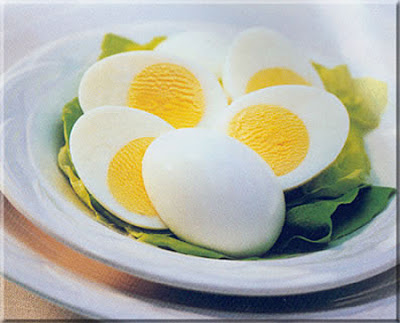One of the things that I missed the most on my
dining table in Spain was 'Bhindis'. This veggie was available only on certain
days and that too at Indian Super-market which was far away from my home. These
were imported from London and the stock would finish on the day it arrived.
Since we lived in the rural regions of Tenerife, (at Icod de Los Vinos) going
to Indian Super-market at Puertos de la Cruz was a weekly event, if we were
lucky, then we would be able to grab just a kilo of it. We counted
(4-bhindis-per-person) and cooked, the rest we stored in the freezer
I wished somebody would locally plant this
vegetable so that it was readily available at all times.
Believed to be originated in African regions, it
is enjoyed in stews in most parts of the world. In Africa, the bhindis are
normally short, thick and quite hard, they are grated and put into chicken and
mutton dishes to make stew or thick gravy.
During one of the chats on BlackBerry, my cousin
sent me the picture of Bhindi that grows in his garden in Texas. They were
quite long, some of them longer than spoons, and they weighed heavy, bending
the branch. He said that it was quite tasteless and people just chew and then
throw it away.They are mainly used for medicinal purpose.
Bhindis are chopped and soaked in water overnight
and drinking its solution early in the morning is good for health, it reduces
cholesterol level, blood pressure and it also helps to stabilize the blood
sugar by curbing the rate at which sugar is absorbed from intestinal tract.
(and Oh..I tried drinking this Bhindi solution too but yucks! I could not
continue this slimy stuff, I puked..sorry!)
My cousin in Malaysia says her maid uses bhindi
for stuffing fish, it is a part of young ‘tau foo’ cuisine whereby it is
stuffed with fish paste and boiled with a selection of vegetables and tofu, interesting
recipe I must say, and sometimes they use pork too...
The few years while we lived in Surinam, mom grew many
vegetables in her kitchen garden. The soil was very fertile and the weather was
warm. We had Bhindis, tomatoes, coriander leaves and also chillie and avocado
trees. While she cooked I would go downstairs and pluck out bhindis, tomatoes
and chillies, just enough for the cooking, during those days I didn't know how
to make Gaucomali, so we just cut avocado and spread it with bread like butter
with just salt and pepper (it was so delicious that I can still remember the
taste).
In India, Bhindis are served at every home and
everybody has their own unique style..
There are so many different ways that one can
cook this vegetable that every time I buy it I am set thinking. There is finely
chopped deep fried bhindis, stuffed bhindis, bhindi potatoes in green masala or
in onion masala or just dumped in Sindhi curry.
In some restaurant they also serve thinly sliced
crispy bhindi (have you tried those?, yum..!!)
Even if you simply deep fry it and add dry
masalas, it makes a nice accompaniment with dhal and rice. You could add dry
powder like coriander powder, mango powder, lots of red chillies powder, jeera
powder and coriander leaves.(cough! cough!
My favorite recipe is Bhindi with potatoes. Why?
because its easiest to cook......and its quickie like Masterchef's fifteen
minutes pressure challenge..lol
I deep fry chopped potatoes and Bindhis till tender
Make an onion masala separately by
cooking onion, tomatoes, garlic, green chillies, turmeric powder and coriander
leaves.(dump them in the pan and let the low flame do its work)
Mix the fried bhindi and potatoes to the onion
masala and cook on slow flame for five minutes.
Lunch is ready..... I have it with chappatis and
chopped cucumber….. always tastes good and I love it.

















